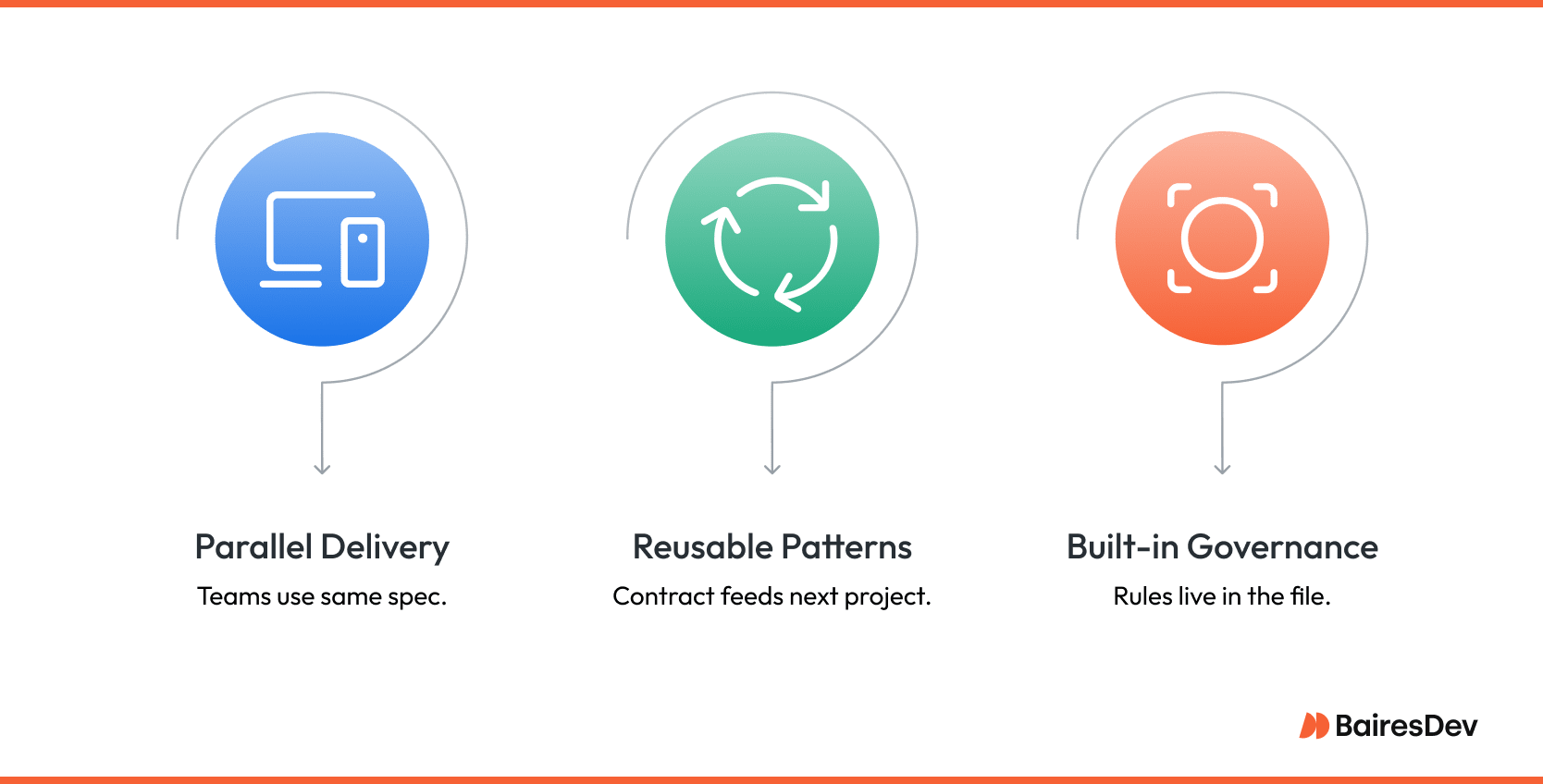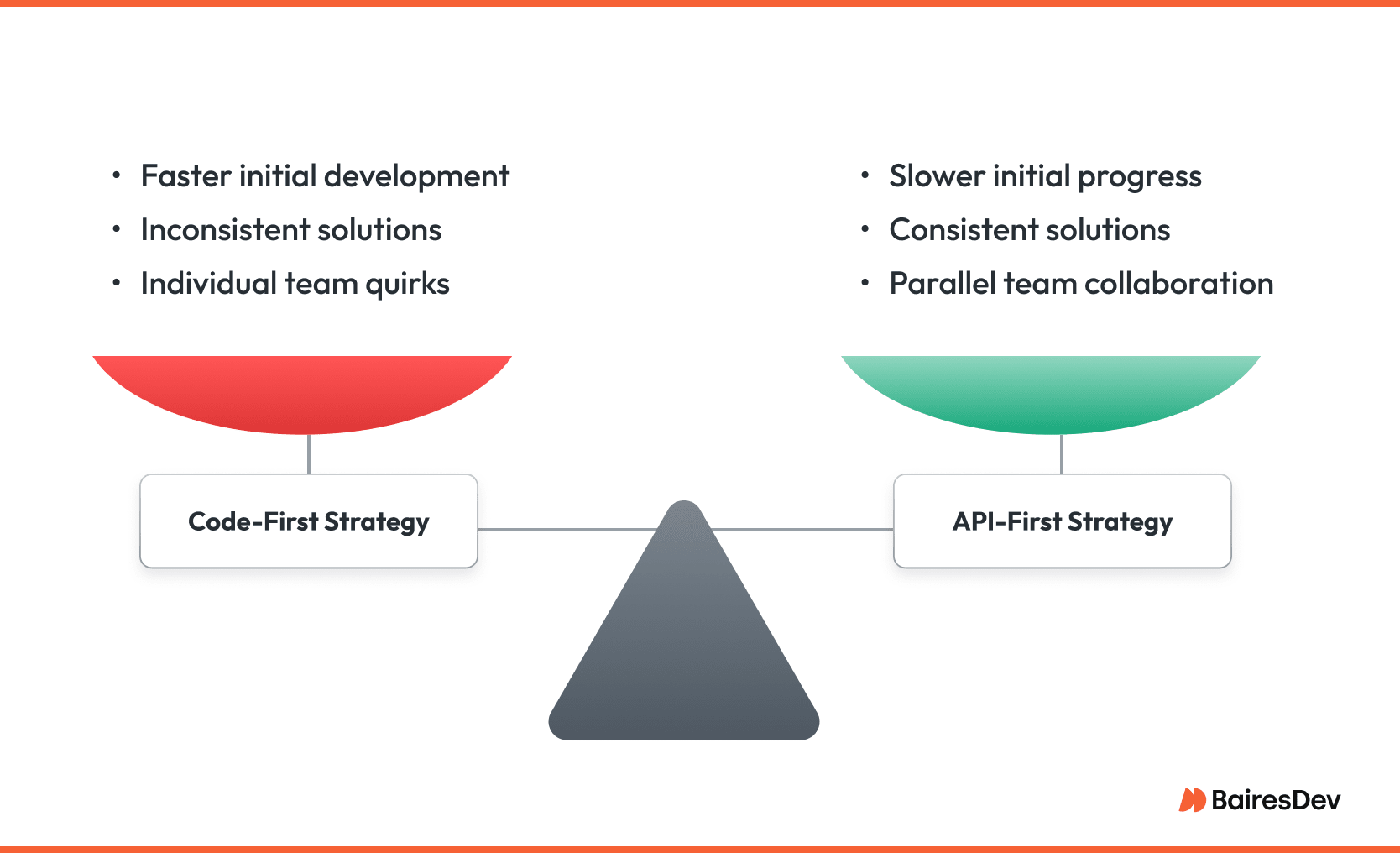The web of 2025 feels less like a collection of pages and more like a network of endpoints. Every customer touchpoint—billing, push notification, sign‑in—leans on somebody else’s application programming interface. Analysts peg the API‑management market near $14 billion by 2027. The precise number may shift, but the direction is clear: integrations keep piling up faster than teams can document them.
Need granular user metrics? There’s a vendor for that. Ads? Another one. Payments, KYC, tax compliance? Entire ecosystems. Building software today is less about crafting isolated features and more about stitching other systems into a product your board expects next quarter.
That connectivity carries a cost. Every partner speaks a slightly different dialect. Some publish pristine OpenAPI specs; others hand you a PDF last updated during the previous decade. Your engineers end up spelunking through brittle examples, poking obscure endpoints, and—when patience runs out—capturing packets just to see what the payload really looks like.
For most companies—anyone not named Meta or Microsoft—the API is the first impression. It’s the business card, whether you intended it or not. That’s why an API‑first approach matters. Rather than tacking an interface onto the codebase late in the game, you start with a contract—a machine‑readable agreement every team can trust. The payoff is fewer late‑night questions that begin with “what does this field actually mean?”
Quick Refresher: What an API Really Does
An API is the curb‑cut between two pieces of software. A request goes in, a response (ideally) comes out, and life moves on. That modest exchange powers everything from Sign in with Google to a voice command that drops the thermostat two degrees.
Postman’s State of the API 2022 logged 1.13 billion calls in a single year. The volume comes from social sharing, supply‑chain telemetry, and—often enough—internal microservices talking to each other. It’s invisible to customers but essential to engineering.
Consider e‑commerce APIs. Amazon’s checkout leans on several internal services plus external fraud, tax, and payment gateways. Or the smart‑home stack: a simple “good night” fan‑outs across lighting, HVAC, and security vendors—all tied together by contracts few outsiders ever read.
We’ve felt the pain firsthand. A food‑and‑beverage client needed one time‑tracking view for kitchen staff, delivery drivers, and corporate HR. Three schemas, two clouds, zero alignment. We led with an API‑design‑first workshop, published the spec, mocked it, and let each team sprint in parallel. No heroic refactors later—just a clean handshake across services.
Access shapes business models as much as technology. When X (Twitter) raised the price of wide‑scale data access in 2023, enterprises swallowed the fee while research labs scrambled. Doors swing, use cases fade.
And AI? Most production deployments call out to a model through—yes—another API. Whether it’s OpenAI or an internal model behind a gateway, the interface is still JSON over HTTPS. The plumbing hasn’t changed; the payload grew smarter.
If your roadmap lists a dozen integrations, ask a blunt question: are we leading with the interface or bolting it on later and hoping? API‑first will not erase every incident, but it does surface the fault lines early—often the difference between a controlled outage and a Saturday‑night scramble.
Designing API‑First: From Contract to Code
On paper, the process is straightforward: draft the API contract first, then write code. In reality, the kickoff workshop is usually a little messy. Product wants three verbs, security adds two more headers, legal highlights export in red. Nobody opens the IDE until that YAML settles. Engaging both technical and non-technical stakeholders during the design phase ensures that API developers can start coding with a clear understanding of user needs.
The deliverable is a living OpenAPI (or AsyncAPI) file parked in Git alongside the pipeline. From there you can spin up mocks, generate client stubs, and run positive‑path tests. At that point the frontend stops waiting on the backend, and everyone can move in parallel.

Why bother?
- Parallel delivery. Development teams work from the same spec rather than a trail of chat threads.
- Reusable patterns. The contract feeds the next project; you’re not reinventing ‘GET /users’ yet again.
- Governance built in. Version rules, auth schemes, and rate limits live in the file, not a wiki nobody reads.
There is an upfront cost to API-first design. This approach necessitates substantial design work and requires additional planning and collaboration with stakeholders to ensure the API meets all requirements before the development process begins.
Expect to spend hours modelling nouns and verbs that used to live only in hallway conversations. However, it’s cheaper than refactoring half a year in.
The Developer Is the First Customer
Treat the engineer who calls your API specification like an end‑user. If the documentation hedges or the error codes mislead, they will bail. We once watched a fintech pilot stall because the integration team spent days decoding a 500 that turned out to be a missing header.
As developers-turned-clients, our primary goal is to create user-friendly products that all developers can grasp with ease. Here is a loose checklist many senior engineers should keep handy:
- Self‑describing endpoints. If the path is ‘/v1/reports/export’, the response should be an export, not a dashboard widget.
- Predictable pagination. Offset or cursor—choose and stay consistent.
- Real examples. Curl is fine; a mocked Postman collection is better.
- Clear versioning. Breaking changes deserve ‘/v2’, not a silent deploy.
- Honest latency notes. If the call can take 900ms, say so.
Earn that goodwill and the platform team will have room to introduce governance changes without triggering a revolt.
The API-first approach offers numerous benefits, including increased efficiency, reduced costs, and improved developer experience. It ensures that the API is a well-thought-out component rather than an afterthought. This strategic planning results in APIs that are easier to use, maintain, and scale.
Five Moves, Minus the Hype
API-first work isn’t about flash. It’s about steady, careful moves that keep teams aligned and surprises minimal. Here’s what that usually looks like in practice:
- Define the resources and verbs, then capture them in a spec.
- Design the contract in OpenAPI or AsyncAPI; everyone reviews it.
- Stub and scaffold. Generate mocks, SDKs, smoke tests.
- Secure early—tokens, scopes, rate limits. Retrofitting auth rarely ends well.
- Test and iterate in the pipeline; fail the build if the contract drifts.
The loop repeats. An API consumer will eventually find an edge case. Address it in the spec, not in a late‑night patch.
It’s not glamorous, but it’s how resilient API-first development works. Skip these steps, and you’re just stacking up technical debt for the next team to pay off.
Code‑First or API‑First: Choose Your Headache
Code-first or API-first strategy: either way, you’re paying. The only real question is whether you burn time now or later.

- Code‑first – You write the service, then toss an interface on top. It feels faster because you see commits flying on day one, but every new consumer discovers a fresh quirk. Eventually you’re patching doc strings that contradict the payloads. Poorly designed and inconsistent solutions will always be difficult to maintain.
- API‑first – You pause, agree on the interface, then let each team scaffold against the contract. The early sprint looks slower; the release train, oddly enough, shows up on time. Teams work in parallel and this reduces development time, even though initial progress may seem slow.
Neither path is free. Code‑first burns time later, API‑first spends it up front. The question is where you can best afford the hit?
Small teams working on simple projects or fast-moving MVPs might lean toward code-first. They can move quickly, experiment, and accept some cleanup later. But larger teams working on complex systems or polished enterprise products usually benefit more from an API-first approach. Upfront alignment helps keep parallel efforts coordinated and reduces long-term friction.
It’s really about matching the approach to the scale, complexity, and expected lifespan of what you’re building.
Governance: Where Ambition Meets Audit
A mature API program needs guardrails. Without them you get endpoint sprawl—two login flows, four pagination styles, zero trust from downstream teams.
Healthy governance usually includes:
- A living style guide (verbs, nouns, error codes) that lint tools can enforce.
- A versioning rule everyone can recite without checking Confluence.
- Automated contract tests in the CI pipeline—fail fast if a payload drifts.
- A published security model: tokens, scopes, rate limits, data‑at‑rest rules.
Gartner calls this “shift‑left governance.” We just call it avoiding costly rework.
At the end of the day, good governance is not about control. It’s about giving development teams the freedom to build without tripping over each other.
Contract: The Promise You Can Compile
The API contract is the unit test shared by every stakeholder—engineering, QA, security, even finance (when billing events sneak into the payloads). Clarify it early and you will save your legal team from spending hours untangling SLAs after the fact.
Case Files: When API‑First Paid the Bills
We’ve seen this play out at scale. Netflix mapped every device UI to the same contract and now handles billions of calls without breaking the watch queue. Slack won developer loyalty by shipping clean API documentation, predictable webhooks, and a rate‑limit policy that (well, mostly) tells the truth. Twilio built an entire revenue line on rock‑solid interfaces for voice, SMS, and video. Their DX is so good it became a brand asset.
Even on our side, we helped teams hit big milestones. One logistics client cut partner onboarding from weeks to days after we helped rewire their integrations around a single AsyncAPI contract. No magic, just clarity, discipline, and hard work.
Looking Down the Road
A few trends are worth tracking here. Event-driven specs like AsyncAPI are gaining serious ground, especially in IoT and fintech where real-time matters. More enterprises are exploring platform monetization, turning high-value endpoints into products with price tags.
Internally, developer portals are becoming standard. Teams are investing in Backstage-style hubs to help their own developers discover, test, and rate internal APIs. And yes, AI-assisted design tools are emerging. LLMs can summarize field usage, suggest schema tweaks, even draft example payloads. Handy stuff, as long as you don’t let it replace human review.
So You Want to Go API-First Tomorrow?
The practical advice? Rally your stakeholders early. One focused kickoff call is worth five painful escalations later. Pick a description language, wire contract tests into CI, and publish a style guide that’s short enough to read and backed by a linter, not just well-meaning reminders. Even a basic developer portal can go a long way; hiding docs behind a login is a fast way to make sure they’re ignored.
Start small! Pilot on one service, prove the loop, and tune governance before rolling it out across the portfolio. API-first isn’t a cure-all, but it does turn hidden tech debt into visible, budgetable line items, making long-term delivery far more predictable.
Frequently Asked Questions (FAQs)
Why should we invest in API-first if our teams are already delivering code-first?
Because code-first often looks faster in the short term but tends to pile up integration issues, rework, and inconsistent interfaces down the line. API-first makes those costs visible and manageable early, especially important when multiple teams or external partners rely on the same contracts.
How do we know if our project is “big enough” to need API-first?
If you have multiple teams working in parallel, complex integrations (internal or external), or regulatory/compliance touchpoints, API-first is likely worth the upfront investment. For small, self-contained MVPs, code-first might still make sense. It’s about aligning the API strategy to the system’s complexity and lifespan.
What’s the biggest challenge in moving to an API-first approach?
It’s usually cultural, not technical. Shifting teams to think about interfaces before implementation takes buy-in across product, engineering, and security. You need API governance, but not a heavy process–just enough guardrails to let parallel work happen cleanly.
What tools do we need to get started?
A description language (like OpenAPI or AsyncAPI), a contract validation stage wired into CI, and a linter-enforced style guide. A basic developer portal also helps—teams need an easy way to discover and test APIs without digging through private wikis or asking around.
How do we measure API-first success?
Look for reduced integration time between teams, fewer post-release fixes due to contract mismatches, and faster onboarding of internal and external developers. Over time, governance metrics like version compliance and contract test pass rates are good health indicators.






